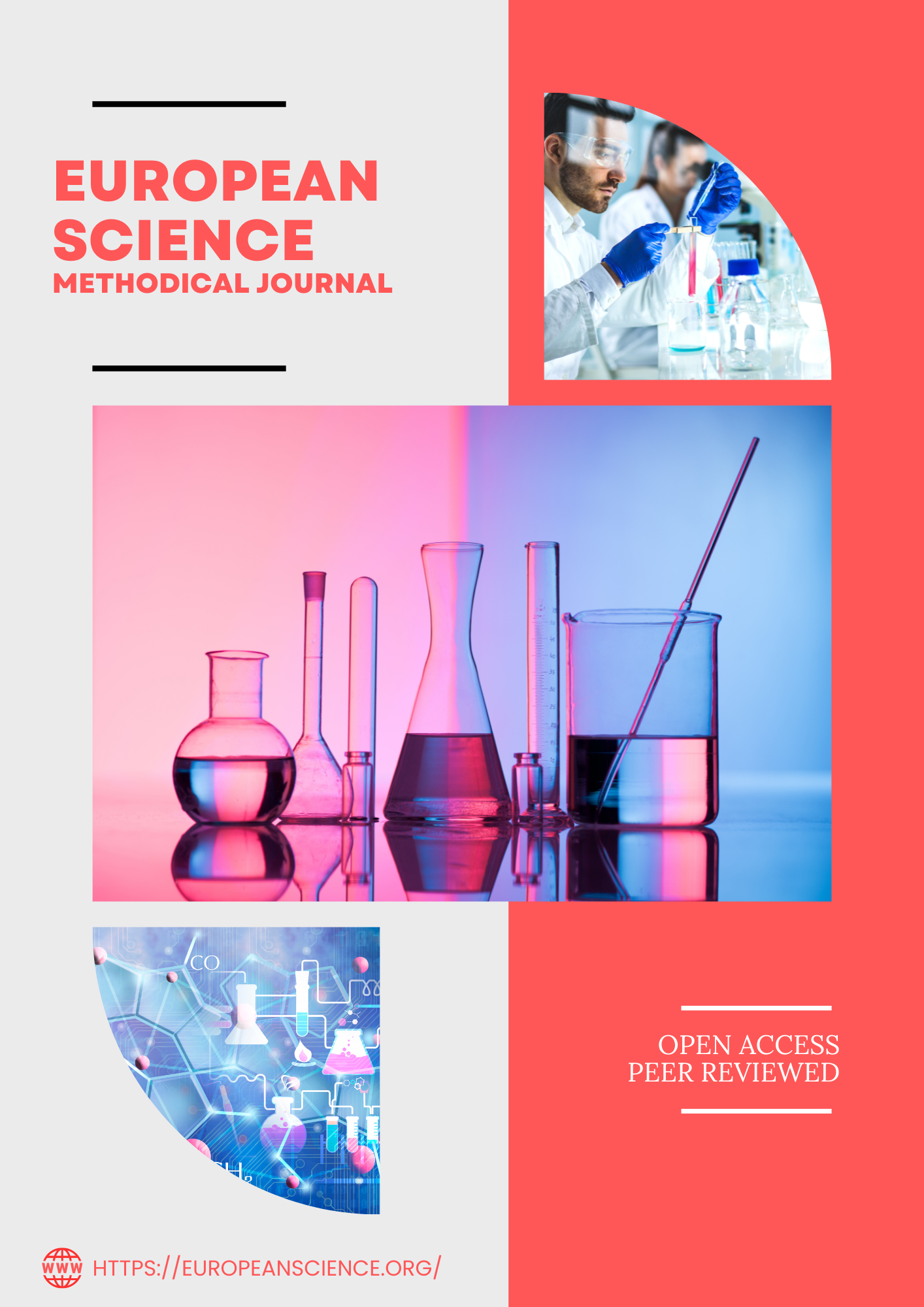ASSESSING THE ENVIRONMENTAL BENEFITS OF AGGRESSIVE AUTONOMOUS VEHICLES IN URBAN TRAFFIC
Keywords:
Autonomous Vehicles, Emissions Reduction, Fuel Consumption, Traffic Simulation, Urban Mobility.Abstract
This paper examines the impacts of different levels of aggressive autonomous vehicle (AV) penetration on emissions, fuel consumption, and travel time within urban traffic environments under different volumes of traffic. The paper uses the PTV VISSIM traffic simulation model to analyze light, moderate, and heavy traffic volumes to gauge the impacts of AV penetration rates from 0% to 100% on important indicators: carbon monoxide, nitrogen oxides, volatile organic compounds, fuel consumption, and travel time. Therefore, the rising trends in the typical context are rather evident that the more the AV penetration, the better the emissions and fuel consumption indicators. Notably, the forces from the increase in AV penetration show important impacts on the indicators CO, NOX, and VOC emissions indicators, as well as fuel consumption, which evidence significant decreases. In addition, better traffic flow with increased AV penetration is associated with a reduction in travel time. The study therefore finds the benefits in such a scenario to be always there, but the improvement level varies with the volume of traffic. The network to be used in the traffic model consists of three roundabouts and one unsignalized intersection, thereby offering a realistic urban traffic scenario for simulation. The demonstrated results of this paper have shown that aggressive AV technology can bring benefits to both the environment and operation; strategic implementation, in the case of an urban area, will also cause a significant reduction in urban traffic emissions, fuel consumption, and travel time. Thus, this paper gives an overall thorough analysis of the AV effects to enlighten policymakers and urban developers about the potential of such vehicles in the case of a sustainable urban mobility strategy.
Downloads
Published
Issue
Section
License

This work is licensed under a Creative Commons Attribution-NonCommercial 4.0 International License.















